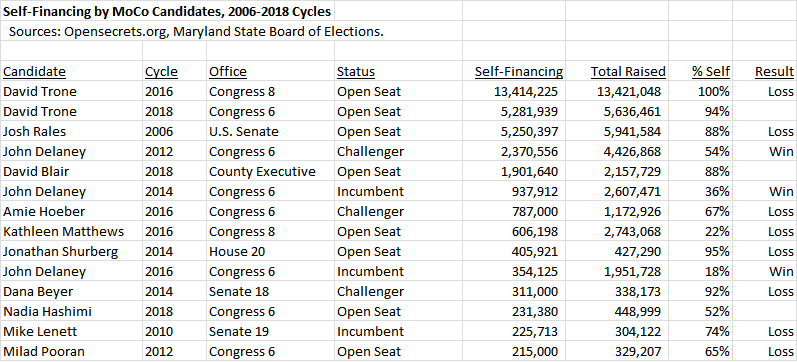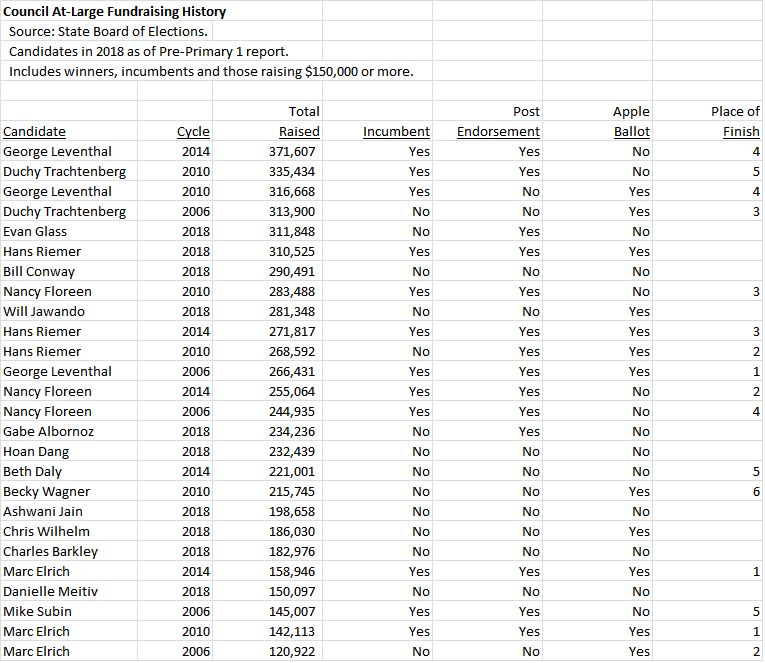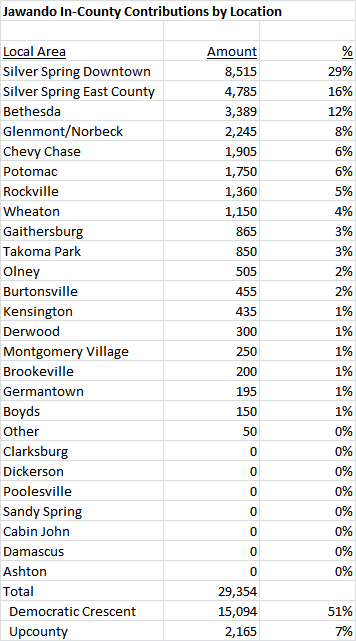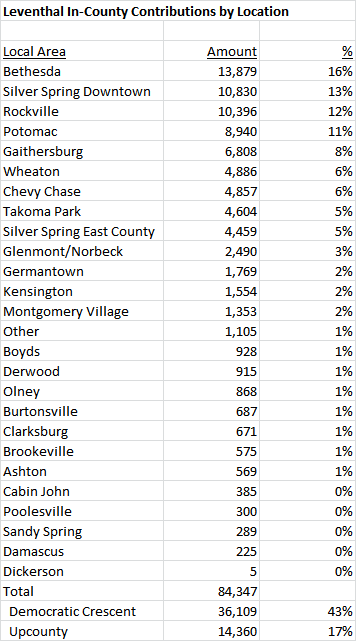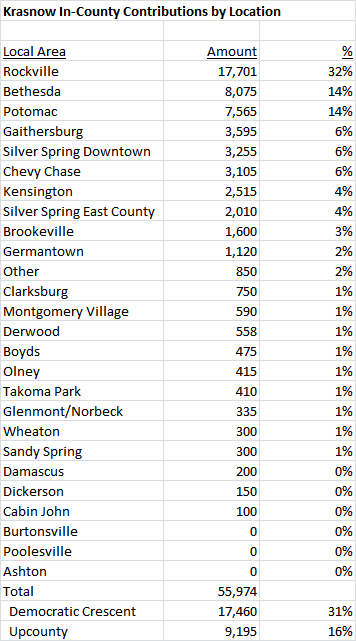By Adam Pagnucco.
One of the purposes for the disclosure of political contributions is to help voters decide whom to support in elections. In order to serve that role, contributions should be disclosed with enough time remaining before the election so that voters can review them before proceeding to the voting booth. But that’s not quite the case in Maryland.
Recently, we wrote that the percentage of voters who vote early has been rising for years. That percentage hit a high of 31% in the 2016 general election and could be between 20% and 25% in the upcoming primary. Unfortunately for some of those voters, they will not have access to the latest campaign finance reports when they vote. Consider the following entries on the state’s election calendar.
Primary Election
Annual 2017 campaign finance report due: 1/17/18 (11:59 PM)
Pre-primary 1 campaign finance report due: 5/22/18 (11:59 PM)
Early voting begins: 6/14/18
Pre-primary 2 campaign finance report due: 6/15/18 (11:59 PM)
General Election
Pre-general 1 campaign finance report due: 8/28/18 (11:59 PM)
Early voting begins: 10/25/18
Pre-general 2 campaign finance report due: 10/26/18 (11:59 PM)
The above calendar shows that people voting during the first two days of the early voting period will have no way to know about the contents of the last pre-election campaign finance reports when they vote. This is potentially important because there are sometimes surprises in those last reports. In 2014, the Baltimore Sun reported on October 26 that Democratic gubernatorial candidate Anthony Brown received a $500,000 loan from the Laborers Union in his final pre-general report, an unusual event that far exceeded the $6,000 limit on PAC contributions. However, early voting started on October 23. According to the State Board of Elections, 101,537 people voted during the first three days of early vote in the 2014 general election and would have not seen that report in the Sun. One can easily imagine similar surprises occurring with regards to big self-funding checks, bundled corporate contributions, out-of-state PAC checks or the like.
To remedy this problem, we request that the State Board of Elections and/or the General Assembly change the due date of the final pre-election campaign finance report to 72 hours before early voting begins. This will give the media time enough to report on anything interesting in those last reports and for voters to consider it before they head to the booth.




